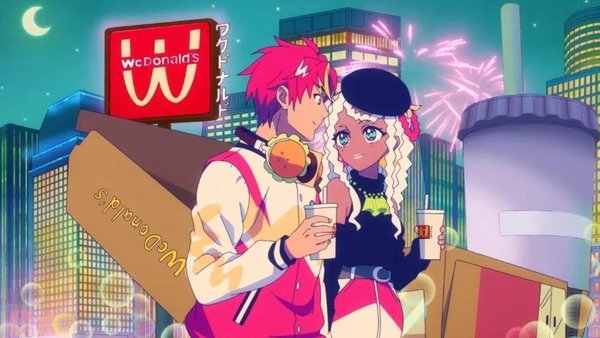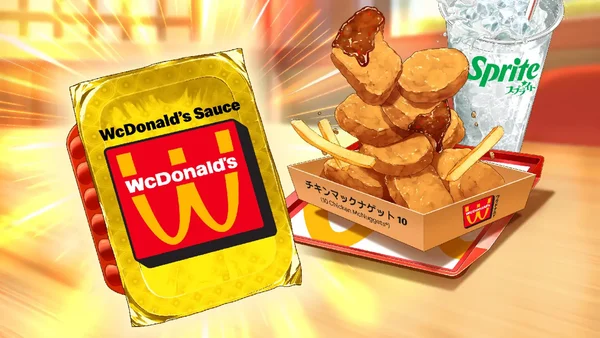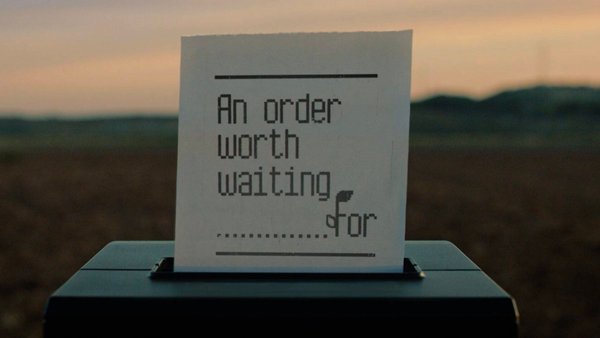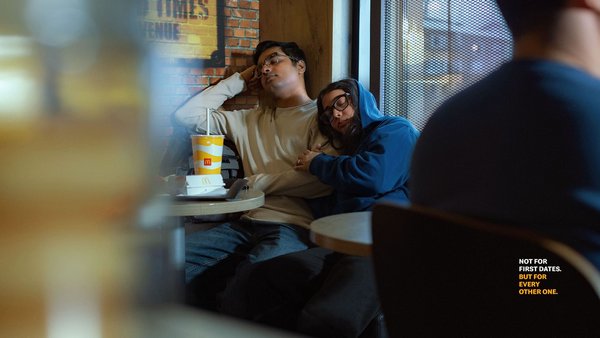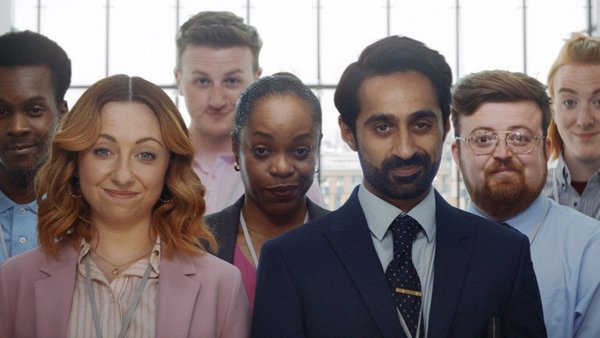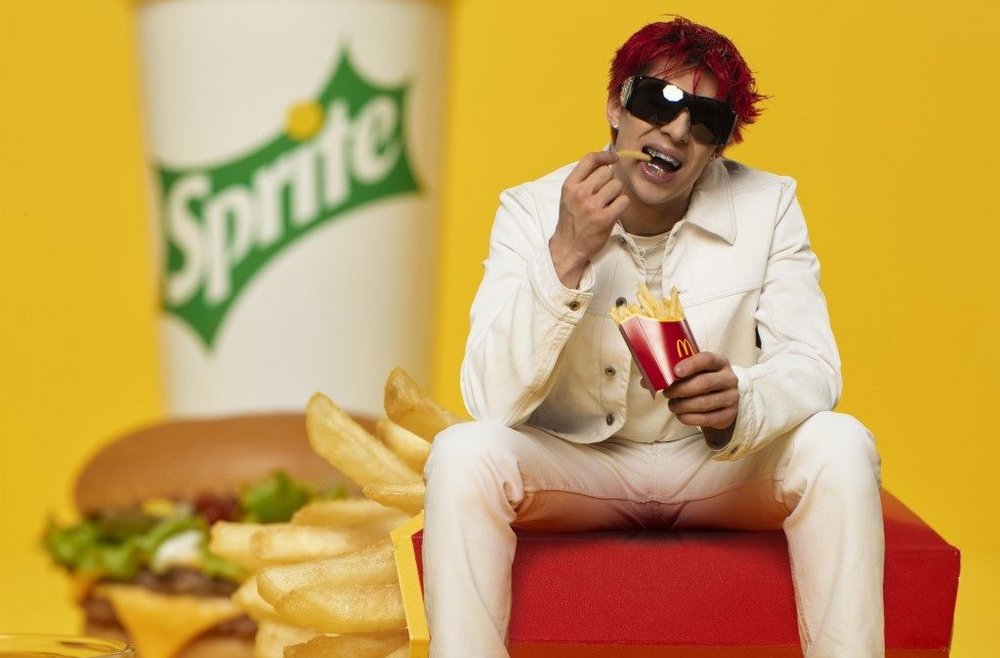
At a glance /
- Despite being a universally recognisable brand over the world and synonymous with the category it leads, McDonald’s misguided focus on short-term sales over brand building had started to turn away younger consumers and jeopardise the future health of the company
- McDonald’s problems were particularly evident in the US, its homeland and biggest market. In 2018, to regain the brand’s place in culture it partnered with a new creative agency and took a more consumer insight driven approach to marketing
- McDonald’s developed a creative excellence programme called Feel Good marketing to help champion the best work globally. This was shared and scaled across its markets to ensure great creative wasn’t siloed
- The US and global ambitions collided with the development of the Famous Orders platform, which promoted signature orders of celebrities – an idea that now has regional exclusives in over 20 markets
There are few brands as universally recognisable as McDonald’s, and for good reason. It’s the biggest restaurant chain in the world and its Golden Arches are an indelible part of global culture. But, in 2018, the McDonald’s team had to face the uncomfortable truth that the brand was no longer as popular as it had once been.
‘McDonald’s was an icon brand that had forgot we were an icon,’ says Joan Colletta, senior director, global brand marketing at McDonald’s. ‘We were more operations driven than we were marketing driven, focused on short-term promotional windows that drove immediate sales, but were ultimately disposable.’

That said, the fast food behemoth wasn’t anywhere close to failing as a business. In 2018, McDonald’s boasted 37,855 restaurants in more than 100 countries, reported annual revenue of $21.03bn for its global business and was ranked by Kantar as the eighth most valuable brand in the world. But McDonald’s was beginning to lose market share and revenue, and this was jeopardising its long-term success.
Before the start of McDonald’s Feel-Good Marketing approach and the Creative Excellence programme built to support it, McDonald’s locally-driven marketing community was siloed, proving to be neither efficient nor incredibly effective. ‘Everybody was reinventing the wheel market by market,’ says Colletta. Creativity was siloed, and successes were too accidental and occasional. In the markets that had prioritised creative-led campaigns, like France and the UK, both brand and business were flourishing. In others, the numbers were less rosy. The message was clear: ‘When we invest in creativity, brand building and the emotional power of the McDonald’s brand,’ says Colletta, ‘it doesn’t just build our brand in the long term, we see short-term sales results as well.’
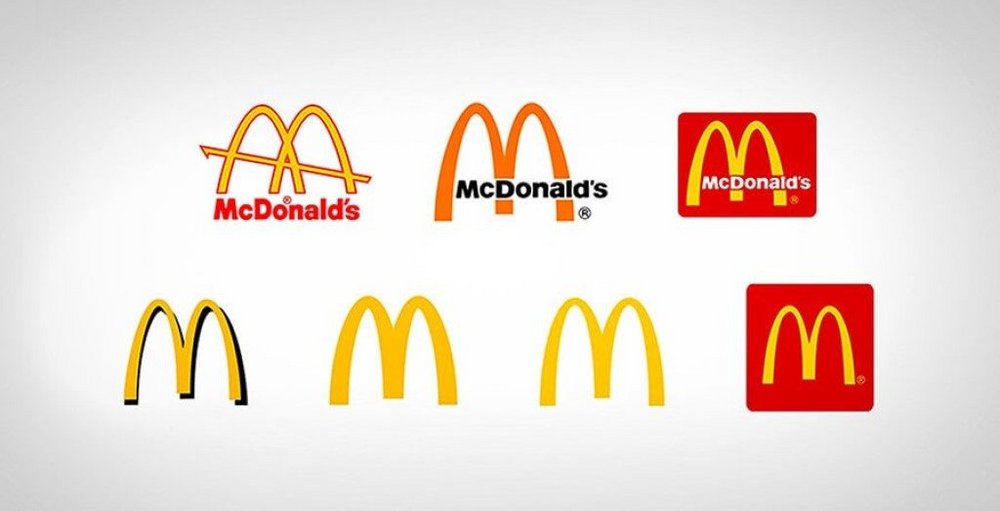
McDonald’s wanted to replicate local success globally and as a result, in 2018, it made the strategic move to put people and creativity at the heart of everything the organisation does. The brand needed to be bolder and more agile, as well as use its global network of agencies to its full potential. To do so, McDonald’s launched its new approach to championing the best work being made for the brand around the world – Feel Good marketing. By sharing knowledge, scaling ideas and upskilling its markets, McDonald’s hoped to improve its creative output on a global scale, build its brand and ensure its longevity.
Homeward bound
McDonald’s needed an injection of creativity most urgently in its biggest market, the US. Here, the brand enlisted Wieden+Kennedy New York to get it back on track towards long-term sustained growth. The agency had won the brand’s US business in 2019 after an extensive research project that got to the heart of how and where McDonald’s had lost its appeal. To prepare for the pitch the W+K strategy team embarked on a week-long road trip to discover what McDonald’s truly meant to people in the brand’s homeland.
They travelled over 1,300 miles from Chicago in the beef-eating Midwest to Atlanta in the chicken-loving Southeast, stopping in eight cities and 25 towns to speak with real people about their attitudes towards McDonald’s. In addition to talking to people in McDonald’s restaurants, W+K ventured into churches, bars, hotels, parks and Walmarts to find out about the role McDonald’s plays in people’s lives.

The result was a treasure-trove of insights revealing deep-rooted personal connections. ‘The only time I hope for red lights is after I pick up a McDonald’s’ said one interviewee. Another professed a profoundly un-American concept: ‘It’s not about winning or losing, it’s about the Happy Meal after the game.’
Pieced together, this rich tapestry of insights proved that people still had positive associations with Mickey D’s. Wieden+Kennedy calls these McDonald’s moments, memories, rituals and behaviours ‘Fan Truths’, and they helped establish the brand’s new creative strategy and tone of voice for the US. ‘We now talk fan to fan – that’s the pivot,’ explains Jennifer Healan, VP of marketing, brand content and engagement for McDonald’s US. That approach, she adds, has ‘helped McDonald’s to become stickier, more approachable, memorable and impactful’.
Today, pushed by the Feel Good Marketing team, all markets are encouraged to build campaigns consumer-first, starting with fan truths rather than product goals. ‘Every brief now starts with a fan truth,’ says Healan.
Super size strategy
The structural shifts didn’t just happen at a global level. Prior to working with Wieden+Kennedy, McDonald’s US had 26 different marketing windows in its annual calendar, with 26 different briefs, and it would start from scratch each time. To fix its fragmented short-term approach and make the most effective use of newfound insights, the brand consolidated to just three brand stories a year with intense focus on the creative output.
Whether by design or by luck, the strategy paid dividends immediately. The brand’s most successful creative effort in years, Famous Orders, was the first campaign based on the brand’s new creative strategy. The insight? ‘No matter how famous you are, everyone has a McDonald’s order.’ To launch the campaign, a 30-second spot called Trays aired during the 2020 Super Bowl and featured the signature meals of celebrities including Whoopi Goldberg, Millie Bobby Brown and Kim Kardashian, along with those of fictional characters such as The Hamburglar, Marty McFly, and Romeo and Juliet. The creative was then reimagined in December with the orders of iconic Christmas characters, including Rudolf the red nosed reindeer and Ebenezer Scrooge.
Following the success of the Super Bowl commercial, McDonald’s set out to expand on the Famous Orders idea. ‘Evolution is such a powerful tool for creativity,’ says Healan, ‘Famous Orders initially started as this simple idea of a tray and that everyone has a McDonald’s order – but we asked, “How can we make that a bigger idea?”’
The answer was for McDonald’s to work directly with celebrities so that anyone visiting the brand’s 14,000 restaurants across the US would be inspired to try a Famous Order for themselves.
Jennifer Healan, McDonald’s US
Starting in May 2020, the brand partnered with Travis Scott to promote the rapper’s signature meal, and then over the next two years replicated the idea with other musicians. McDonald’s followed up first with Reggaeton artist J Balvin to connect with Latinx communities, then launched a festive campaign with ‘All I Want for Christmas’ singer Mariah Carey and finally in August 2021, leveraged the rising stardom of rapper Saweetie.

Order of the day
While there were unique elements to all the collaborations, celebrating each individual celebrity partner, they all followed a template to ensure that McDonald’s would penetrate the cultural zeitgeist and connect with the youth market. ‘As a 65-year-old brand, we have to remain relevant, fresh and in the moment,’ explains Healan. ‘To achieve that, we have to ensure we are introducing ourselves time and time again to younger people.’
First, and arguably most importantly, McDonald’s needed to find the right partners. It was crucial that these celebrities were popular with Gen Z. ‘If we want McDonald’s to be a culturally relevant icon brand, Gen Z is absolutely critical in helping us get there,’ says Colletta, ‘because they are the most influential in culture – more than any generation before.’ If Gen Z tastemakers believe McDonald’s to be cool, this perception would transfer to the wider public.
It’s no coincidence that the stars of McDonald’s US Famous Orders work have been from black, Hispanic, mixed-race and Asian backgrounds. According to McDonald’s, 50% of people under the age of 18 in the US are from diverse cultural backgrounds. As Gen Z is the most diverse generation to date and presents the most growth potential for the future of the business, McDonald’s understands that to truly connect with its younger fans they need to see themselves reflected in the brand’s marketing.
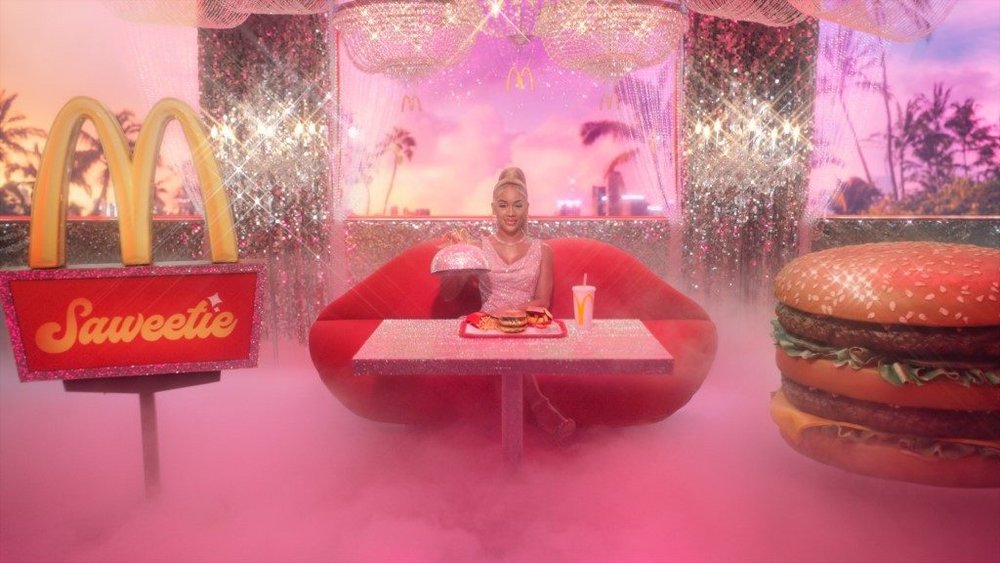
Each Famous Orders collaborator also had to be a genuine fan of the McDonald’s brand. ‘If the influencers are not fans of McDonald’s, the work will not be authentic,’ explains Healan. Travis Scott, for example, had proven his love of McDonald’s by eating its food in a 2019 music video and Saweetie had been ordering the same meal since she was in high school.
Finally, the Famous Orders had to feature the brand’s core menu items. These classics like Chicken McNuggets, fries, the Big Mac and the Quarter Pounder are billion-dollar brands in their own right and make up 70% of sales in McDonald’s top markets. The brand’s growth strategy unsurprisingly rests on driving purchase of these best-selling foods.
Merch madness
To maximise the cultural impact of the partnership, McDonald’s was deliberate about yielding some creative power to each celebrity. Travis Scott, for example, helped design the costume worn by his action figure in the launch TVC and made his own suggestions for the creative. Scott even added Easter eggs for his fans such as asking them to say ‘Cactus Jack sent me’ when placing their order (a reference to the name of his record label).
W+K creative director Brandon Henderson says, ‘For a less confident brand there would be a desire to hold back and say, “No, we can only change so much,” but McDonald’s is relinquishing some control to work with these celebrities, entertainers and musicians in a way that’s true to them and their fans. Sometimes that hasn’t always been the most comfortable thing to do, but it’s improved the final product and been incredibly valuable.’ The fact that the influencers were true fans of McDonald’s helped mitigate some of the risk. ‘Now, it’s just a natural extension of how we bring the McDonald’s brand to life – through the eyes of our fans,’ says Healan.
Each of the collaborations featured limited-edition merchandise to drum up additional excitement around the partnerships. In addition to specially designed apparel, Travis Scott fans could get their hands on a one-of-kind action figure of the rapper, Saweetie fans were lured in with the promise of bespoke designer handbags printed with the Golden Arches and J Balvin fans could win his Famous Order of a Big Mac, fries and Oreo McFlurry recreated as diamond and precious gemstone-encrusted necklaces.
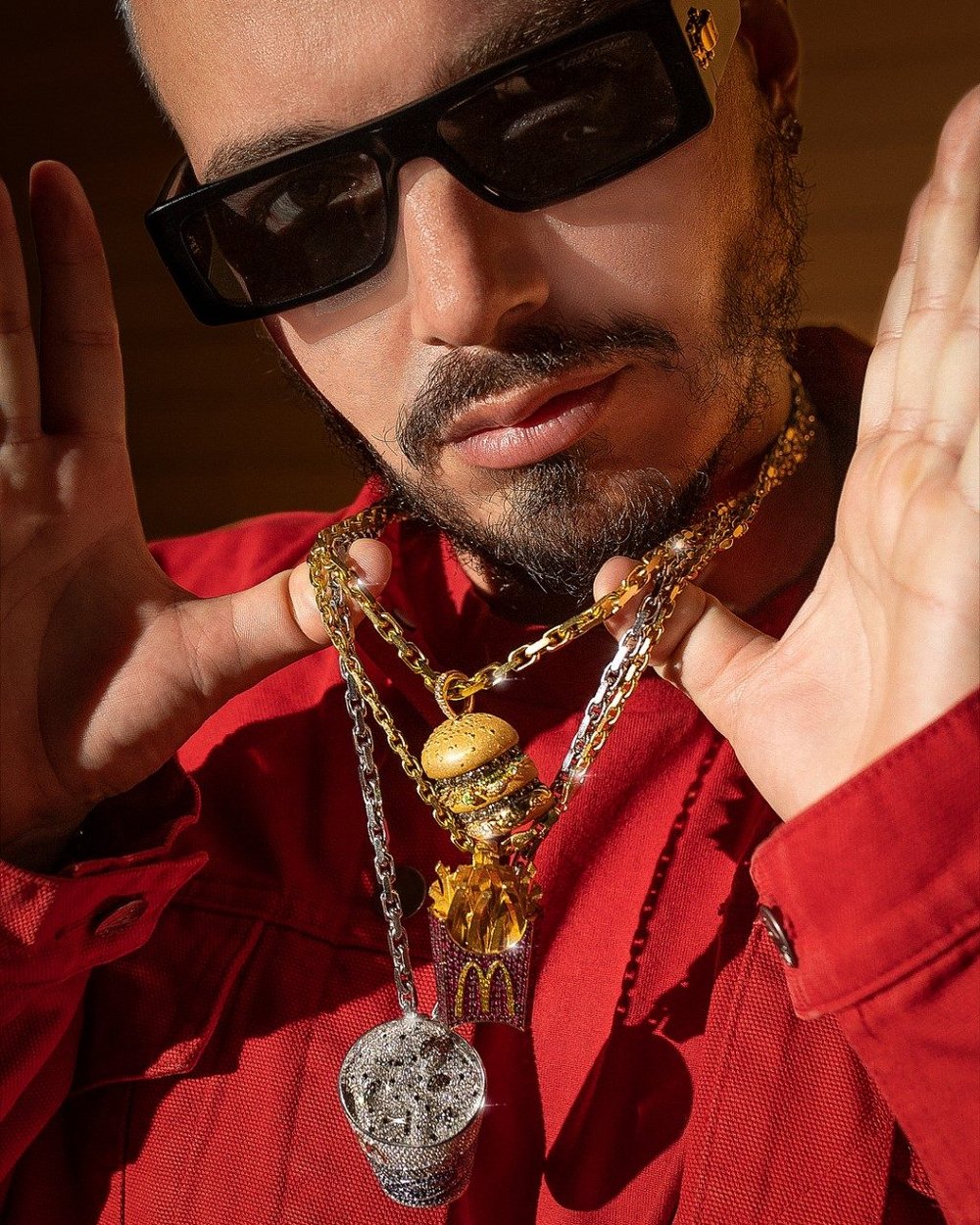
‘Young people like merch, and these partners are all about merch,’ says Healan. ‘It’s part of the fans’ expectations, and it enables us to create something that lasts beyond the promotion. For fans, it’s something physical that can create memories.’ It was crucial that the gateway to win these exclusive items was the McDonald’s app, says W+K group strategy director Tass Tsitsopoulos: ‘Giving people something extra on the app has been a key component of every Famous Order. Ultimately these promotional campaigns are focused on reaching young people, so we’ve got to meet them where they are on digital.’
Jennifer Healan, McDonald’s US
The power of influence
Of all McDonald’s US Famous Orders work, the Travis Scott meal offers the best evidence of how the brand platform encouraged young people in particular to return to McDonald’s. The brand grew penetration among 18- to 24-years-olds by 3.5%, with 26% of the people buying the Travis Scott meal reporting they had not visited a McDonald’s for over a year.
By the end of the first week of the Travis Scott collab, McDonald’s had doubled sales of its Quarter Pounder – a burger that had been on the menu for decades. In fact, each new influencer partnership led to a sales uplift of core McDonald’s products, says Healan. ‘Whatever entrée we are focusing on, whether that’s the Big Mac category or the McNuggets category – these partners have provided a halo on our menu and introduced some items to people who had never tried them before.’
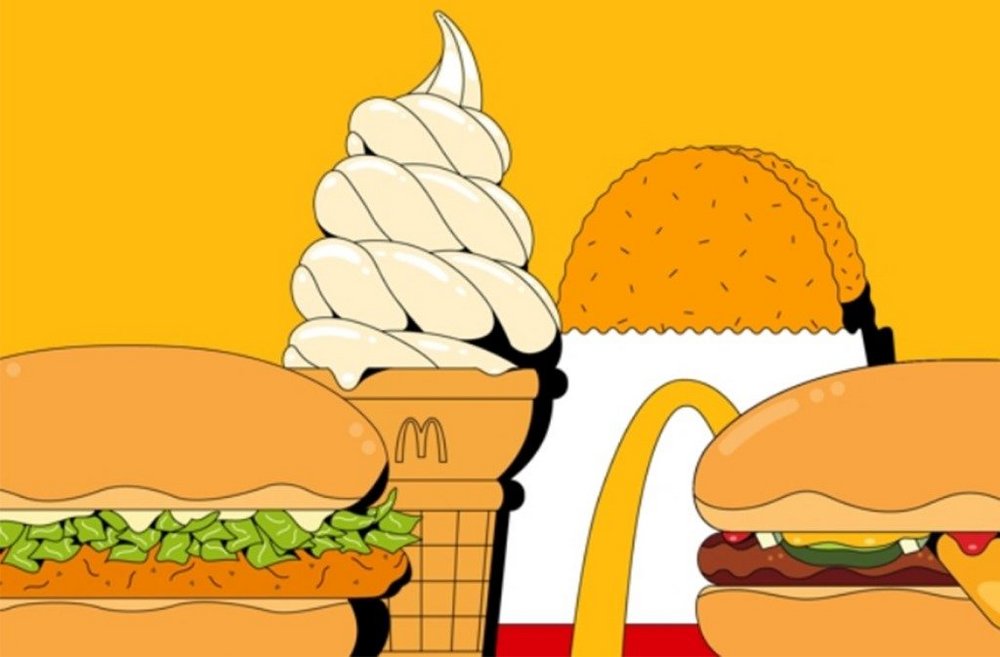
Following the month-long promotion of the Travis Scott meal, McDonald’s reported having its best comparative store sales for a decade and outperformed the month prior by five times as much. In addition to achieving hard sales results, the Travis Scott meal infiltrated popular culture. It generated 1.5 billion Twitter impressions and all of Travis Scott’s branded merchandise drops, including sweatshirts, basketballs, hats and even a body-sized Chicken McNugget pillow, sold out on release day.
Fans stole promotional posters, framed their order receipts and started a social media trend of pulling up to McDonald’s drive-thrus and ordering the meal by playing the rapper’s song ‘Sicko Mode’. McDonald’s even updated its employee training manuals so staff knew what to do if people ordered this way. ‘It was the artwork made by fans that made me realise quite how big this was,’ says Tsitsopoulos. ‘The idea that a young person sat down and hand drew branded artwork featuring McDonald’s and Travis Scott just shows how deep this got to them.’
McDonald’s has continued to evolve Famous Orders with new celebrity collaborations in the US, showing the staying power of the platform. For Valentine’s Day this year, for example, the meal was given a romantic spin by married rappers Cardi B and Offset. The TV spot built on the insight that everyone has a McDonald’s order by focusing on the ‘fan truth’ that knowing your partner’s McDonald’s order is a sign of true love. The campaign also featured an in-store kissing booth where visitors could take pictures and have them projected on a Times Square billboard, ‘truth or dare’ games on the McDonald’s app and partnerships with dating apps Tinder, BLK and Chispa.
By the book
Famous Orders has not just been an uncontested hit in the US but thanks to the brand’s new ways of working, it has become a smash globally as well.
While McDonald’s had already committed to sharing knowledge globally and embracing insights-led creativity on paper, the pandemic forced the brand’s regional markets to do things differently. Suddenly, McDonald’s outlets around the world could no longer strictly follow the brand’s promotional calendar with lockdowns hitting the globe at different moments. ‘What happened was a massive shift to first throwing the calendar out of the window and focusing daily on what people, our staff and what culture needed,’ says Colletta.
Markets starting sharing brand platforms and executions and working much more rapidly, helping transform the company into a borderless organisation that was encouraged to act in bolder ways, adds Colletta.
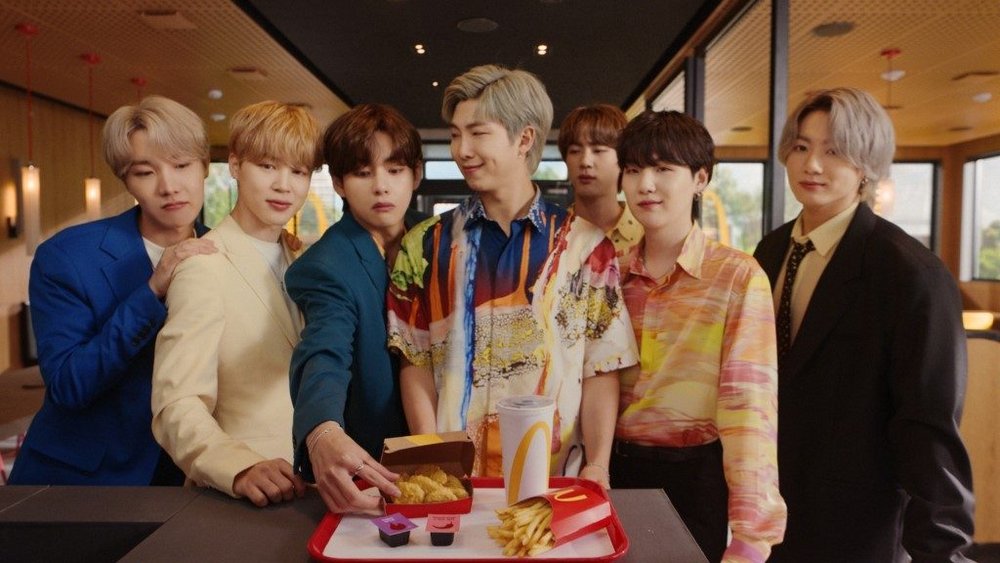
Follow the leaders
This shift paved the way for a collaboration with South Korean boyband BTS, which hit 55 markets around the world simultaneously in 2021. ‘BTS were fascinating because their fans are known for following the clues and breadcrumbs to figure out what they’re doing ahead of time,’ says Henderson. ‘You’d be amazed at how much mileage we got out of McDonald’s following BTS on Twitter and them following us back.’
Tapping into the BTS fanbase proved to be an astute move. ‘We hadn’t spent $1 on paid media and people were going to McDonald’s and ordering the items from the BTS meal just to get it early,’ says Tsitsopoulos. After the BTS Famous Orders campaign was officially announced on 19 April, Brandwatch reported that McDonald’s was the number one trending topic on Twitter, the hashtag #BTSMeal was used 2.6 million times and the campaign generated 74.6 billion impressions – 3.24 times as many as the Travis Scott meal.
McDonald’s South Korea saw a 250% increase in McNuggets sales across the four-week campaign and same-store comparative sales were 6.9% higher than in Q2 2019. Between the Travis Scott, J Balvin, Saweetie and BTS meals, McDonald’s reports that the Famous Orders platform generated a combined $238m in sales.
Customised to order
The brand’s new emphasis on sharing work was crucial to helping markets all over the world launch their own Famous Order spin-offs to great success. It also helped that the platform featured a template that was easy to replicate and was based on universal insight (‘everyone has a McDonald’s order’).
The brand has now launched regionally exclusive Famous Orders in over 20 markets and will roll the platform out across every continent (except Antarctica) by the end of 2023. The platform has already journeyed to Italy with rapper Ghali, down under to Australia with rapper Kid Laroi, to Hong Kong with boy band Mirror and to Poland with singer Mata.
In Finland the Famous Orders-inspired campaign starring rapper Cledos worked wonders on attracting younger audiences. McDonald’s reported a +25% market share growth with 16- to 34-year-olds following the campaign – particularly impressive considering McDonald’s is the challenger in the market as there are four outlets of local joint Hesburger for every McDonald’s.
According to W+K, Famous Orders has helped grow the business ‘significantly’ between 2019 and 2021, with 40% higher marketing driven sales and 42% higher return on media investment.

Oh yeah!
Across the globe, you can see McDonald’s new organisational shift starting to take hold and a brand working smarter, not harder to put creativity at the heart of its marketing. As a result, its advertising is becoming increasingly international.
The work for the 2022 World Cup, for example, was its largest global campaign to date, launching in more than 75 markets at once. In the Wanna Go To McDonald’s? spot, created by Wieden+Kennedy New York, football fans ask their friends and families if they want to grab a Maccy D’s, McDo, McDonal, Mecces, etc, using regional nicknames for the brand.
In a similar vein, the Raise Your Arches campaign played on how tempting the suggestion of a McDonald’s can be. Created by agency Leo Burnett, London, and launched in over 35 markets at once in January 2023, the ad features a white-collar worker mobilising her entire office building into charging out for lunch by simply raising her eyebrows to mimic the Golden Arches. The universal insight here, says Joe Beveridge, strategy director at Leo Burnett, is that ‘the suggestion of a McDonald’s was more meaningful than the McDonald’s itself’. The ad has already been recreated shot-for-shot for the Middle East, featuring actors more reflective of the region.
Golden numbers
Former McDonald’s CEO Ray Kroc once said of advertising, ‘I never hesitate to spend money in this area because I can see it coming back to me with interest.’ And the fast food giant is in a very different place today compared with four years ago because of the brand’s investment in its long-term marketing platforms. Though it still has a way to go, Colletta says, ‘Brand building and creativity is [now] at the centre of the company’s growth agenda and it’s been a huge driver of our recent success.’
The brand’s global revenue in 2018 was $21.03bn – the lowest it had been since 2006. By 2021, the year of the BTS Famous Order, revenue had jumped to $23.22bn, the highest it had been since 2016 and a 10.4% increase on 2018. Admittedly, growth has slowed since then, with revenue climbing to $23.27bn in 2022, a more modest increase of 0.2%, though the brand is still on an upward trajectory.
Beyond the hard financial results, McDonald’s has come a long way in terms of upping its cool factor. Just a few years ago, when it was grinding out short-term promotions, it would have been hard to imagine McDonald’s launching a mega-successful collaboration with the one of the US’s hottest rappers, let alone having a whole string of partnerships with the most popular Gen Z musical artists across the world. But the brand has become progressively bolder with its creative output, which has served it well. McDonald’s has finally regained its place in culture, and once again, across the globe, people are ‘lovin’ it’.

